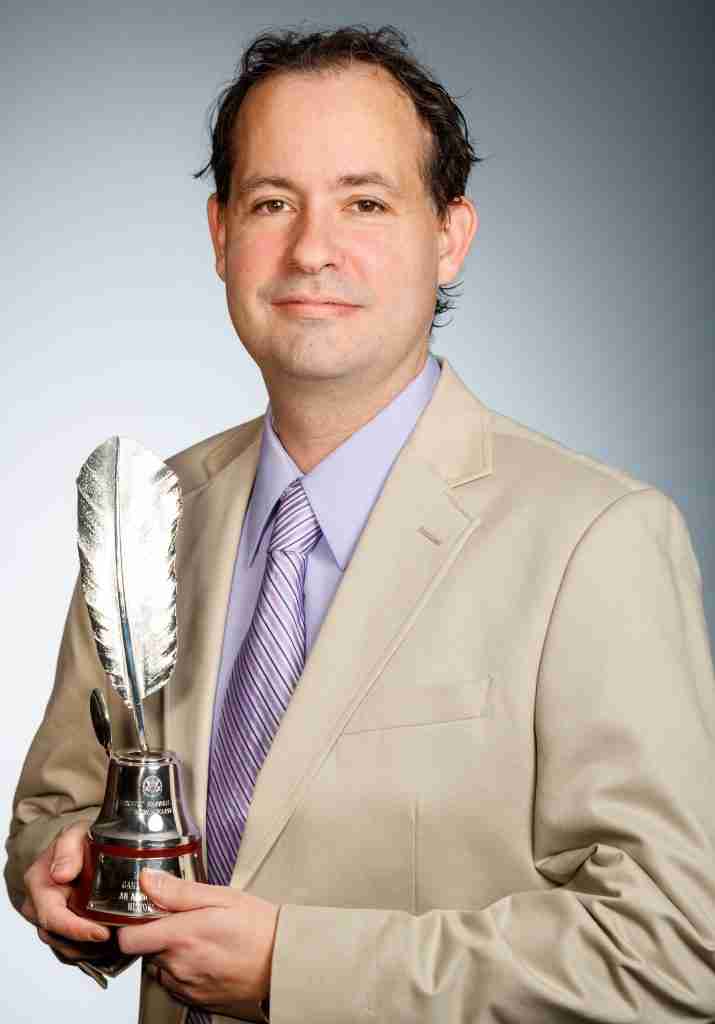What stereotypes were you trying to challenge?
Many people think that the history of golf and race begins with Tiger Woods, but it goes back over 100 years and is a very important aspect of social history. I explored the roles played by African Americans since the beginning to illustrate how they have left their mark on the game in so many ways.
Where does Tiger fit into this story?
He’s certainly a major figure, but it’s complicated. People want to make him the face of the movement, but it’s not accurate to compare him to Jackie Robinson who broke baseball’s racial barrier in 1947. Tiger’s accomplishments were hugely significant, but there were so many others before him. He’s also uncomfortable being referred to only as black. His multiracial heritage is something he embraced early on.
How has American society influenced the growth and evolution of golf among African Americans?
Golf sparked a heated debate within black communities. There was no consensus. For some, it was a symbol of the civil rights movement and the quest for equality, while others saw it as an elite sport that was irrelevant compared to what was happening with the integration of schools and restaurants. Many black leaders were torn between devoting resources to the fight for golf integration or ignoring the issue altogether for fear of being seen as out of touch with the community.
How did the African-American press cover gambling during the civil rights era?
It is fascinating how often the Chicago Defender, the most influential black newspaper, devoted columns to golf. The subject was covered in almost every issue. Black newspapers reported not on professional tournaments but on the game at the grassroots level: courses that were open to blacks and even tips for those just learning the game. In some places, it was a site of struggle against integration. The (Alfred “Tup”) Holmes case in Atlanta, which forced the desegregation of the city’s public courses in the 1950s, received significant media coverage.
Why haven’t black golfers received the same recognition as other African-American athletes?
Golf and race are more complicated in some ways. In a sport like baseball, you can point to an individual and a specific moment when the racial barrier was broken. Significant progress has also been made in the decades since. In golf, the UGA (United Golfers Association) was the only outlet for African-Americans who wanted to become professional golfers for more than three decades. The PGA (of America) wasn’t integrated until 1961, but there were more black professional golfers in the 1960s and 1970s than there are today. We’re not seeing the same progress.
What do you want readers to take away from this book?
I hope this will inspire them to read more about African American history. I use golf as a way to tell an important social story. My goal is to promote greater understanding, more discussion about race, and to challenge stereotypes.
Michael Trostel is the USGA’s Senior Content Producer. Email him at [email protected].

